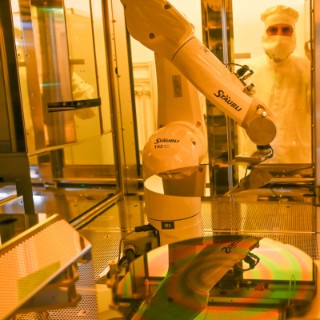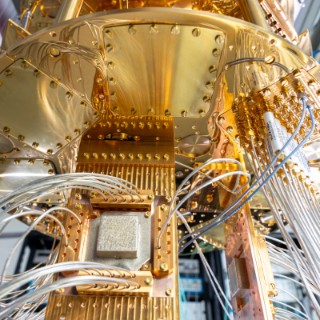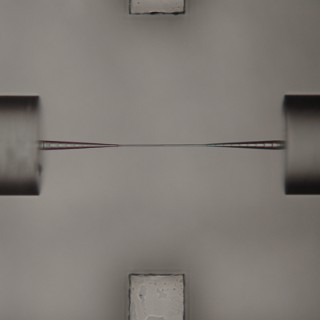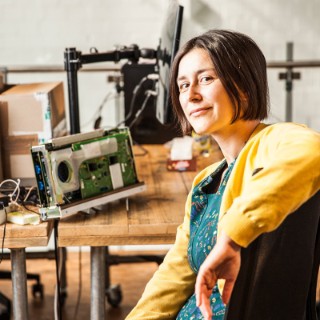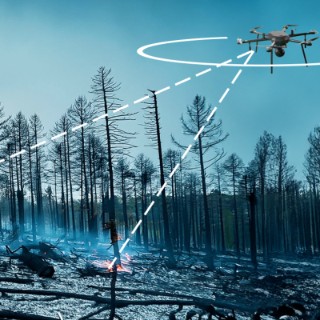
As part of the EU-funded PROACTIF project, 42 European partners from research and industry are collaborating with Nokia to develop a new multi-sensor system designed specifically for drones. The German consortium, led by Fraunhofer IZM, is developing an innovative multi-sensor module that automatically detects heat. This compact unit combines radar and infrared technology. The combination of short- and long-range radar with three innovative packaging technologies results in a lightweight, robust system that can detect the precise location of pockets of embers in forest fires, even beneath the tree canopy.
more info Fraunhofer Institute for Reliability and Microintegration IZM
Fraunhofer Institute for Reliability and Microintegration IZM